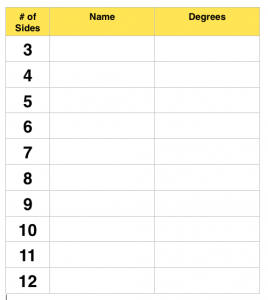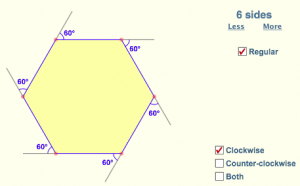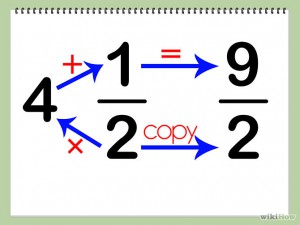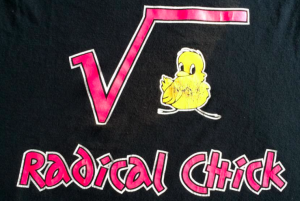
Today’s age is filled with a wide variety of forms of entertainment. Television shows and movies are some of the most common forms today. Usually we don’t associate math with these however there have been some movies and episodes with a focus on a math topic. One such movie is Good Will Hunting. The movie has a particular math problem in which an MIT professor claims it took him years to solve. The problem basically is to draw all shapes that fit the description. There are ten shapes in total. MIT is one of the best universities in the world. Are you able to solve the problem that supposedly took an MIT professor a long time to solve in a day or less? Find out!
Spark your math thinking!
- Set up your math mini spark recording page: #51: Movie Math.
- You are going to watch the video that introduces a problem and explains how to solve it. Pause around 2:30 so you don’t see the answers until after you attempt the problem. Good Will Hunting Math Problem
3. After pausing the video, try drawing all 10 trees. You can check your answers near the end of the video in which he shares the answers
4. On your recording page, write about something new you learned.
5. Share this video with your parents, friends, and/or adults and ask them if they can solve the problem as well
6. Share your math mini spark recording page with your teacher/EY coordinator.
*Inspired by the movie Good Will Hunting

 Go ahead…play some games on your iPad! For this mini spark, we want you to play some games. That’s right,
Go ahead…play some games on your iPad! For this mini spark, we want you to play some games. That’s right, 



 01001001
01001001 



